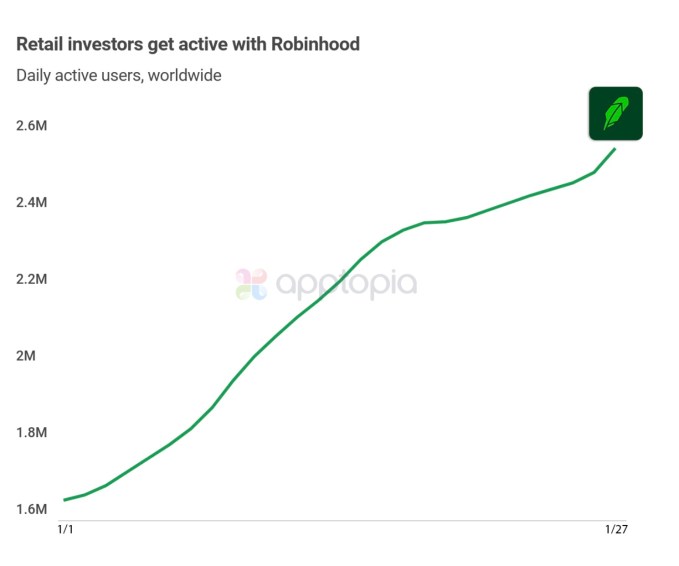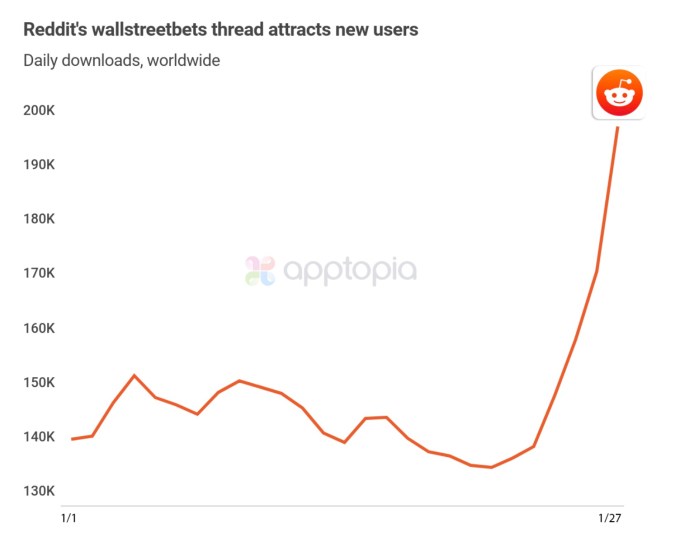- January 28, 2021
- by:
- in: Blog
The venture potential of a startup that caters to individual students — instead of a slow-moving, small-pocketed institution — has a bullish aura that attracts investors. Add in a pandemic that forced many to embrace remote learning overnight, and it makes sense that we have seen companies like Outschool and ClassDojo turn first profits while
The venture potential of a startup that caters to individual students — instead of a slow-moving, small-pocketed institution — has a bullish aura that attracts investors.
Add in a pandemic that forced many to embrace remote learning overnight, and it makes sense that we have seen companies like Outschool and ClassDojo turn first profits while startups like Quizlet and ApplyBoard reached $1 billion valuations.
Last year brought a flurry of record-breaking venture capital to the sector. PitchBook data shows that edtech startups around the world raised $10.76 billion last year, compared to $4.7 billion in 2019. While reporting delays could change this total, VC dollars have more than doubled since the pandemic began. In the United States, edtech startups raised $1.78 billion in venture capital across 265 deals during 2020, compared to $1.32 billion the prior year.
In today’s survey, a dozen top edtech investors shared their thoughts on how growth of lifelong learning is reshaping the industry. Given the sudden extinction of snow days and yeast shortages brought on by student bakers in the early days of the pandemic, it’s easy to see how remote education extends beyond traditional school hours. As learners become more multi-layered and nuanced, so have the edtech companies that back them.
This was a recurring theme in today’s survey, signaling a shift in how investors approach hybrid learning. The evolution of post-pandemic education will be complex, if not aggressively competitive among the growing cohort of well-capitalized edtech companies. While we asked investors about their post-pandemic tastebuds back in July, much has changed since. Higher education didn’t combust like some expected today, and today, many predict that K-12 students will return to pre-COVID formats after vaccinations are widespread.
It puts startups in a difficult spot: if 2020 was about enabling video-based teaching, what might emerge from 2021? Integration between different edtech apps? New student collaboration tools? Are employer-led up-skilling and a renewed interest in self-improvement enlarging edtech’s TAM?
Here are the investors we spoke to, along with their areas of interest and expertise:
- Deborah Quazzo, managing partner, GSV Ventures (an education fund backing ClassDojo, Degreed, Clever)
- Ashley Bittner, founding partner of Firework Ventures (a future of work fund with portfolio companies LearnIn and TransfrVR)
- Jomayra Herrera, principal, Cowboy Ventures (a generalist fund with portfolio companies Hone and Guild Education)
- John Danner, managing partner, Dunce Capital (an edtech and future of work fund with portfolio companies Lambda School and Outschool)
- Mercedes Bent and Bradley Twohig, partners, Lightspeed Venture Partners (a multi-stage generalist fund with investments including Forage, Clever, and Outschool)
- Ian Chiu, managing director, Owl Ventures (a large edtech-focused fund backing highly-valued companies including Byju’s, Newsela, and Masterclass)
- Jan Lynn-Matern, founder and partner, Emerge Education (a leading edtech seed fund in Europe with portfolio companies like Aula, Unibuddy, and BibliU)
- Benoit Wirz, partner, Brighteye Ventures (an active edtech-focused venture capital fund in Europe that backs YouSchool, Lightneer, and Aula)
- Charles Birnbaum, partner, Bessemer Venture Partners (a generalist fund with portfolio companies including Guild Education and Brightwheel)
- Daniel Pianko, co-founder and managing director, University Ventures (a higher ed and future of work fund that is backing Imbellus and Admithub)
- Rebecca Kaden, managing partner, Union Square Ventures (a generalist fund with portfolio companies including TopHat, Quizlet, Duolingo)
- Andreata Muforo, partner, TLCom Capital (a generalist fund backing uLesson)
Deborah Quazzo, managing partner, GSV Ventures
What will edtech look like when students finally go back to school in person? Now that remote has become familiar, what are other concepts that you could see becoming popular?
For k12, use of digital products and platforms will now be very “normal” – companies like Lexia and Dreambox and Nearpod. Maybe this drives home usage of some products traditionally used only in schools like Lexia. Students of all ages are now very facile with zoom, this can pave the way for more zoom based synchronous learning offerings including extracurricular learning like music, dance etc. schools are now fully wired – maybe we will see schools implement home based learning programs – it’s where students spend half their time.
What are the biggest hurdles ahead for early-stage edtech startups looking to scale? What opportunities are fading as the space matures?
Edtech cos need to stay away from the me too solutions. We have seen 20 creator led learning platforms across “preK to Gray” learning in addition to incumbents like Teachable and very few have an ability to build a moat in my view. Unless someone has a very fresh take, I think that ship has sailed. Hopefully as white spaces fill with competitors, new white spaces will emerge. Emerging tech – AI/NLP/ML/VR – will continue to push the envelope. We are still not driving enough people to competency whether in prek12, higher ed or workforce so the opportunity remains vast.
How has edtech’s boom impacted your dealmaking? Has the new interest from generalist investors made valuations too bubbly, or is the market growth helping everyone?
We met on zoom with over 800 founding teams in covid all over the world. We invested in 14 new companies and are just finishing rounds in 2 more. Valuation pressures are across tech sectors. Id argue that education still lags average tech. the question for edtech is whether there is potential for a $100B company in the sector – will TAMs support it.
Ashley Bittner, founding partner, Firework Ventures
What will edtech look like when students finally go back to school in person? Now that remote has become familiar, what are other concepts that you could see becoming popular?
As it relates to our thesis, I believe that the role of employers is changing. Pre-COVID, it was estimated that as much as 1/3 of the US workforce would need to change jobs by 2030. Employers cite skills gaps as a top 3 business concern to stay competitive. Our thesis is that employers will take on more responsibility for reskilling their current workforce, and that training will become job-embeded (rather than only trying to hire to address the challenge.) Degreed was the first wave of this… Learn In is an example of the next step in this evolution. As employers look to provide more skills training (rather than compliance training), we believe that more will come from external sources (CEOs say they are unprepared to meet the reskilling challenge with existing internal resources) and that much of this training will be provided online and during work hours (to address the time barrier that is an equity issue.) I also see an opportunity for modalities like VR to become more popular as we shift to more digital and remote solutions (e.g TRANSFR.) Stats from McKinsey research.
What are the biggest hurdles ahead for early-stage edtech startups looking to scale? What opportunities are fading as the space matures? In US pre-K and K-12, high customer fragmentation (16,000 school districts, 100K+ schools…pre-K even more fragmented with little public investment), long sales cycles, budget, pedagogy, and regulation. TAM. Relatively low consumer spend on education relative to other markets. Opportunities – increasing access to broadband, increase in device penetration. In FOW, increased recognition that reskilling and upskilling is a business imperative, company culture matters for competitiveness, increased focus on DEI.
Jomayra Herrera, principal, Cowboy Ventures
What will edtech look like when students finally go back to school in person? Now that remote has become familiar, what are other concepts that you could see becoming popular?
I think activities that are fundamentally better in person will go back to [being] in person (e.g., sports, music and other enrichment activities). I think that new technology educators may have adopted during the pandemic that they have found to be helpful to their instruction will remain but all the “nice to haves” will likely fall to the wayside. We have a thesis at Cowboy that supplemental education (e.g., Juni Learning, Reconstruction or Outschool) will likely stay online, because parents will not have to worry about driving their kids to learning centers and these companies have the opportunity to make the learning fun.
What are the biggest hurdles ahead for early-stage edtech startups looking to scale? What opportunities are fading as the space matures?
For companies focused on K-12 students, it’s still really challenging to sell into schools and school districts because of the long sales cycle. This will likely become even harder, as local and state budgets tighten. In regard to what is fading, I think that tools that don’t solve a real need for educators, students and/or parents or don’t have demonstrated efficacy when it comes to student outcomes will start to fade. Consumers, especially after the pandemic, seem to be more aware of what technology has to offer and have lower tolerance for tools not having a demonstrable impact.For companies that are targeting adult learners, the biggest hurdle continues to be customer acquisition and building a brand that learners can actually trust. As the space starts to mature, consumers are getting more aware of the questions they should be asking (e.g., graduation and placement outcomes) and are less [fooled] by clever marketing.
What do you expect education to look like in five-plus years from now, when the pandemic is more of a memory?
I hope that in this pandemic we’ve realized how critical our educators are to our children’s success and we pay them more 🙂 Incentivizing our best talent to get into and stay in teaching is a critical lever we can pull to improve education.
For K-12, I expect that there will be more comfort with technology in the classroom and that tech can be partnered with in-person instruction in a way that supercharges the educator with the data needed to personalize their instruction.
For higher ed, I expect that there will be an acceleration in online learning for adults as they continue to look to reskill or upskill. There will be more opportunities to do self-paced online learning that is effective and affordable.
John Danner, managing partner, Dunce Capital
What will edtech look like when students finally go back to school in person? Now that remote has become familiar, what are other concepts that you could see becoming popular?
In K-12, education will probably continue to look much like it did, because the majority of parents are clear that child care is the principal value for their kids being at school. That said, a minority of parents are certainly rethinking education after witnessing what their children were actually learning every day for a year. My opinion is that we will continue to see a disaggregation of this care function from academics. Here’s a piece I wrote about that, which has accelerated significantly this year.
What are the biggest hurdles ahead for early-stage edtech startups looking to scale? What opportunities are fading as the space matures?
For vocational schools with a “free until you get a job” model like Lambda or SV Academy, it’s all about job placement. Lambda has had a lot of success with their new fellowship model, which has allowed them to scale significantly. For a lot of early childhood and K-12 companies working online, it’s about new parent behaviors and whether you can develop a habit like Outschool has done. For senior learning like what GetSetUp does, finding the reimbursement models through healthcare is probably the key.
What do you expect education to look like in five-plus years from now, when the pandemic is more of a memory?
I think we are in a transition to more and more academics happening in the cloud. Right now, that’s all about live experiences and human in the loop. In five years, I think we will begin seeing a significant impact of AI replacing many human functions.









